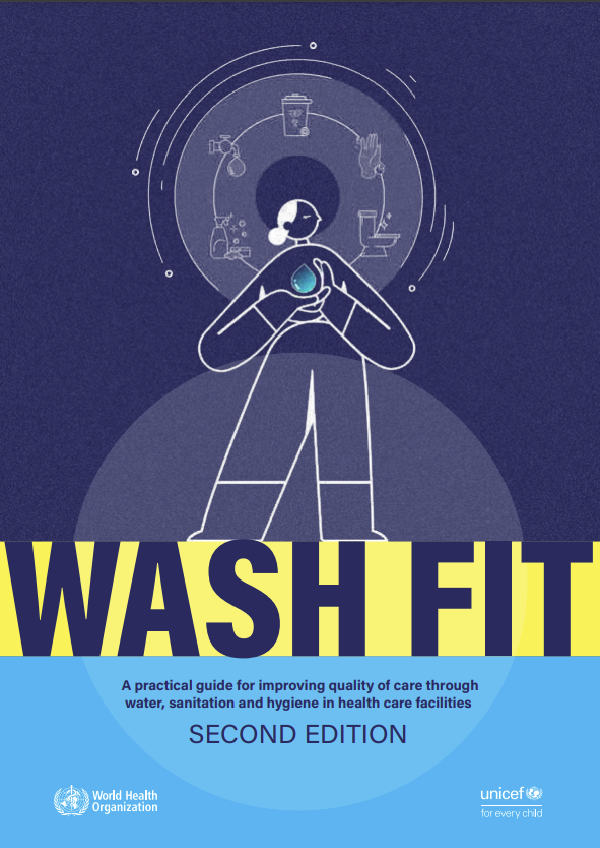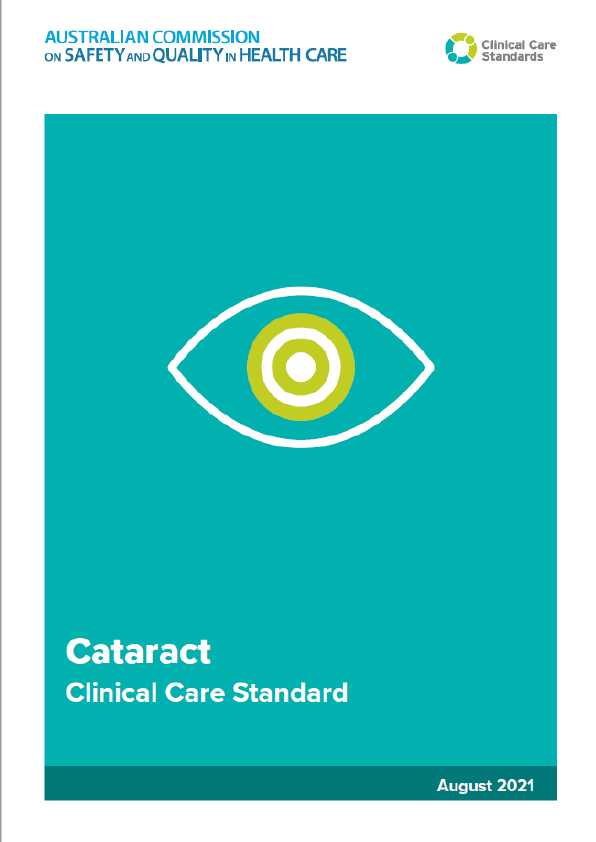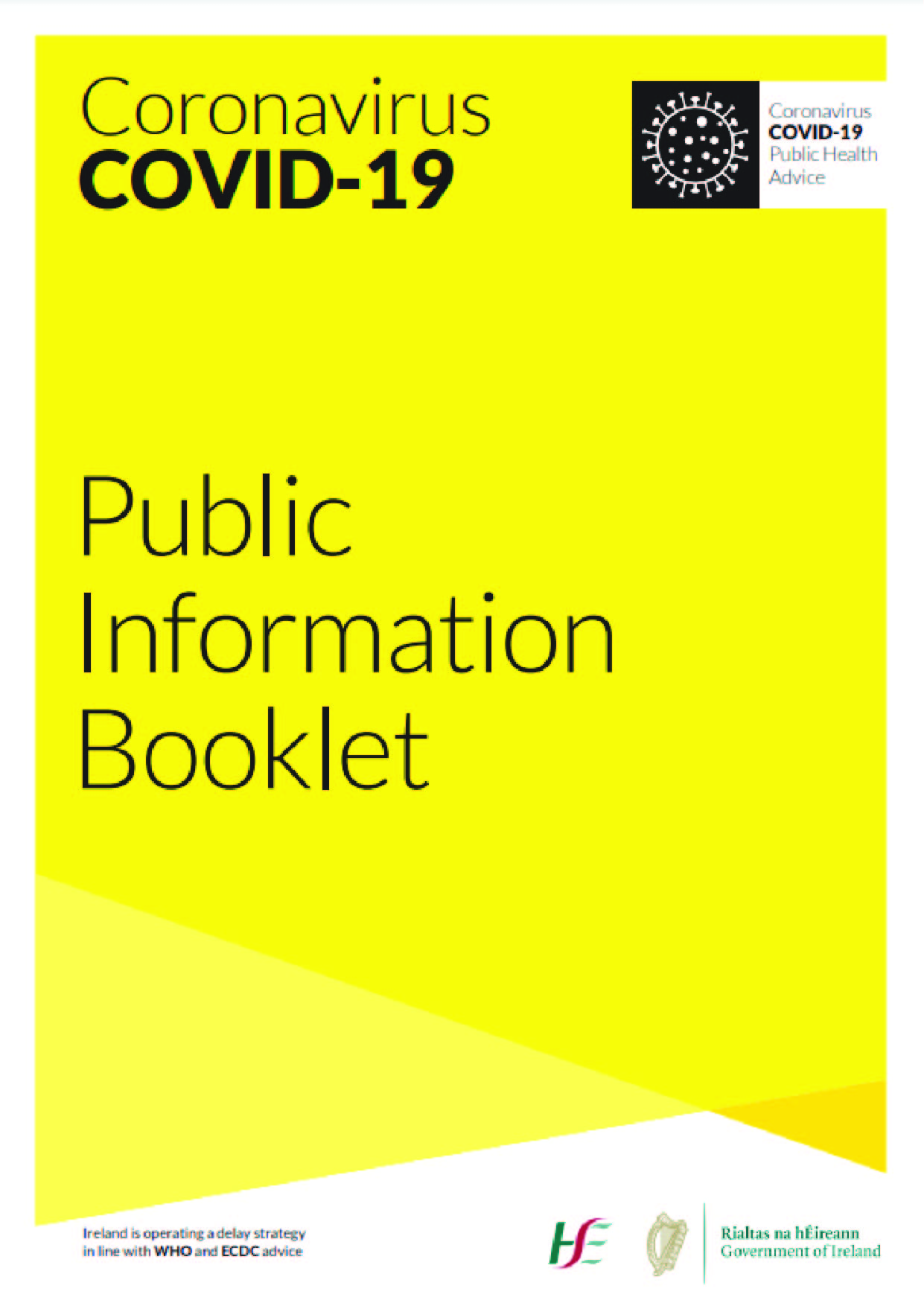WASH FIT is a risk-based, quality improvement tool for health care facilities, covering key aspects of WASH services: water; sanitation; hand hygiene; environmental cleaning; health care waste management; and selected aspects of energy, building and facility management.
The first edition of WASH FIT was published in 2018 and as of 2022 is in use in over 40 countries. This second edition responds to member state and user requests for more guidance and information on incorporating climate and environment and gender and equity considerations throughout each of the 5 WASH FIT steps as well as a greater focus on sustainable, implementation and engagement with health actors.
The approach and WASH standards are the same as those included in the first edition of WASH FIT and thus those already implementing WASH FIT can use the new package to improve existing efforts. The Second Edition also includes a set of fact sheets, check lists, updated assessments and examples of national adoption and use of WASH FIT. The guide is accompanied by a comprehensive training manual and set of training slides.
Fully functioning water, sanitation, hygiene (WASH), and health care waste management services are critical aspects of infection prevention and control (IPC) practices, and ensure patient safety and quality of care. Such services are also essential for creating an environment that supports the dignity and human rights of all care seekers, especially mothers, newborns, children, and care providers. WASH and waste services are also critical for preventing and effectively responding to disease outbreaks. The COVID-19 pandemic has exposed gaps in these basic services (Box 1). These gaps threaten the safety of patients and caregivers, and have environmental consequences, especially as a result of large increases in plastic health care waste. In short, WASH is a critical foundation for improving quality across the health system.
Many facilities lack plans and budgets for WASH, which has impacts on IPC. This lack of services, and systems to improve them, compromises the ability to provide safe and quality care, and places health care providers and those seeking care at substantial risk of infection and loss of dignity. Unhygienic health care facilities without drinking water or functional toilets are also a disincentive to seeking care and undermine staff morale – these factors can have a critical impact on controlling infectious disease outbreaks.
Climate change and its impacts on WASH and health services, gender-specific needs, and equity in service provision and management all require rigorous attention, adaptable tools, and regular monitoring.
The 2018 global call to action on WASH in health care facilities by the United Nations (UN) Secretary-General elevated this issue among all UN agencies, partners and Member States. Building on the global call, all 194 World Health Organization (WHO) Member States approved a resolution on WASH in health care facilities at the 2019 World Health Assembly (3). The resolution calls on countries to establish baselines and set targets, embed WASH in key health programmes and budgets, improve and maintain infrastructure, and regularly report on progress. WHO and the United Nations Children’s Fund (UNICEF), along with more than 50 partners, have committed to supporting countries in implementing the resolution.
Alongside the resolution, WHO and UNICEF published a set of eight practical steps for improving and sustaining WASH services and practices in health care facilities (4). Step 4 (“Improve and maintain infrastructure”) includes use of the Water and Sanitation for Health Facility Improvement Tool (WASH FIT) and other risk-based improvement tools. As of 2022, of the 65 countries reporting progress in implementing the World Health Assembly resolution, half are undertaking infrastructure improvements, through WASH FIT or other improvement programmes.











